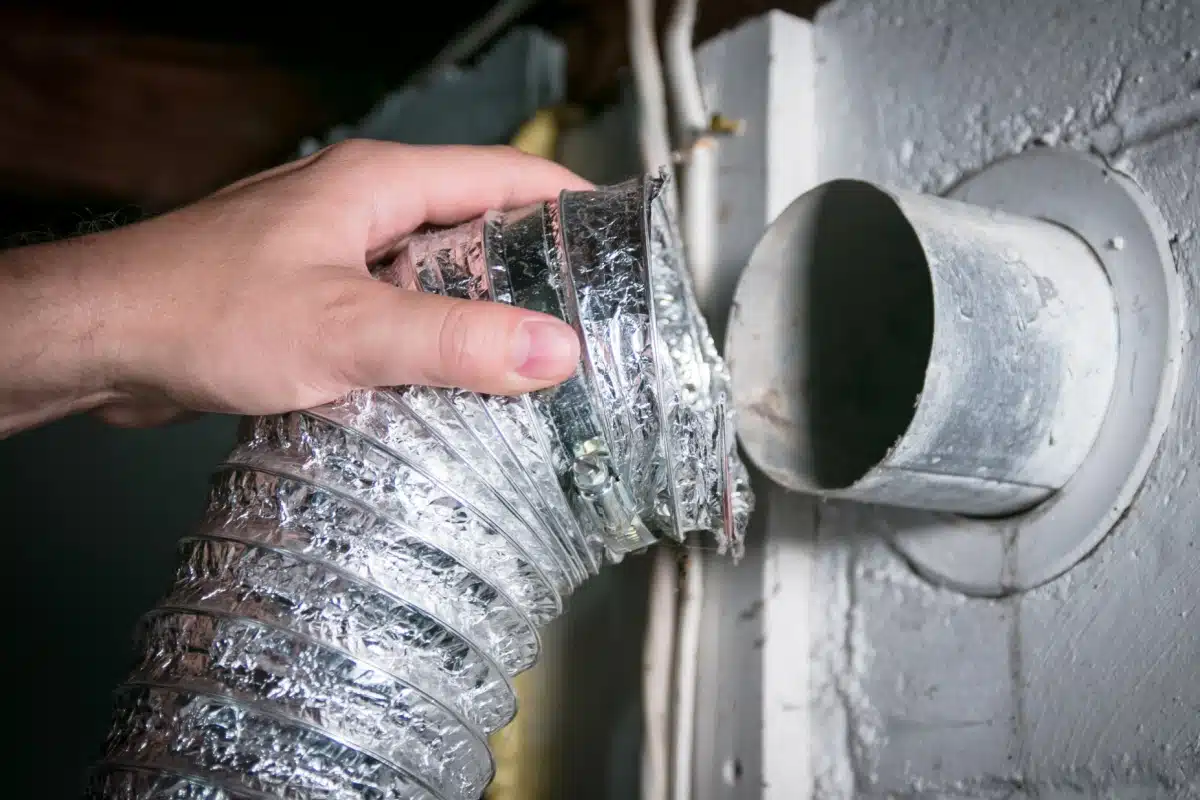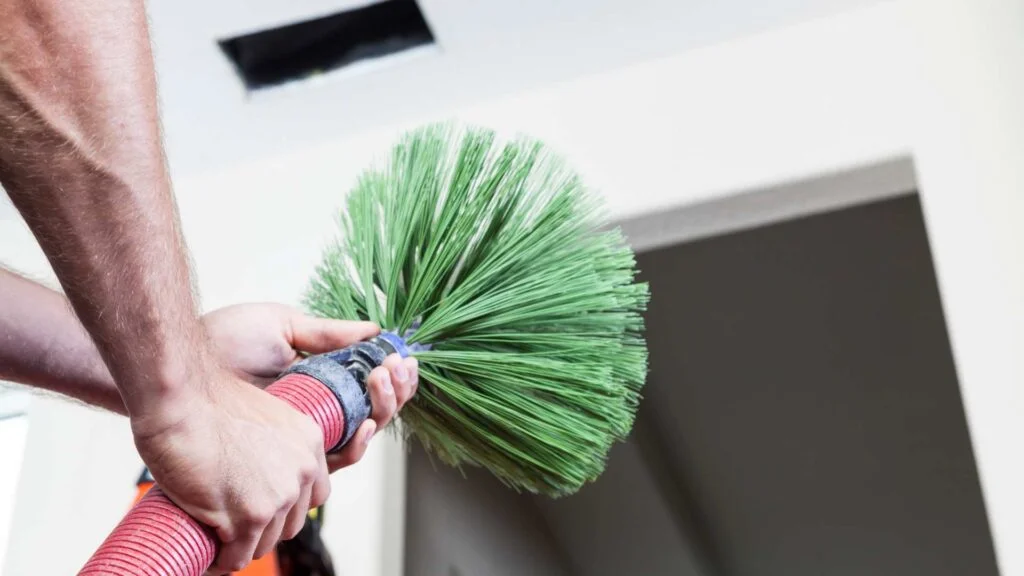Arizona is renowned for its breathtaking desert landscapes and warm climate. However, it also presents unique challenges for residents inside their homes. The dry air and presence of specific flora can lead to unexpected allergies that can disrupt daily life. Understanding allergies in Arizona homes is key to ensuring a healthy living environment for families, pets, and guests.
For many people, the arid atmosphere might seem like a refuge from traditional seasonal allergies. Despite this, dust, pollen, and mold persist indoors, causing continuous discomfort. Identifying what triggers these allergic reactions and learning ways to minimize their impact is essential in maintaining comfort.

Common Indoor Allergens in Arizona Homes
1. Dust and Dust Mites
Dust is a common adversary in many households. Within Arizona homes, the dry, dusty environment can exacerbate this problem. Dust mites thrive in seemingly clean homes, feeding on skin flakes and growing rapidly due to the dry climate. Regular cleaning and vacuuming can help reduce their impact.
2. Pollen
While people often associate pollen allergies with specific seasons, in Arizona, flowers and plants can release pollen almost year-round. Homeowners should keep windows closed during high pollen seasons to avoid letting those allergens indoors.
3. Mold
Contrary to popular belief, mold can be a problem even in dry climates like Arizona’s. Leaks, humidity from showers, and even indoor plants can foster mold growth. Maintaining a dry environment and fixing leaks promptly are essential steps in preventing mold.
Impact of Arizona’s Climate on Allergies
The unique climate of Arizona poses particular risks for allergy sufferers. Understanding these risks helps homeowners implement effective measures to curb allergies.
Dry Air
The dry air in Arizona exacerbates allergies by irritating nasal passages, dry skin, and affecting overall respiratory health. Introducing humidifiers to maintain balanced moisture levels in the home can alleviate dryness.
Seasonal Changes
Unlike other regions, seasonal changes in Arizona dont always bring relief from specific allergens. Homeowners should be attuned to which plants and outdoor factors contribute to their discomfort year-round.
Improving Indoor Air Quality
Enhancing indoor air quality is crucial in controlling allergies. This includes regular cleaning, maintaining HVAC systems, and opting for air purifiers.
Cleaning and Maintenance
Routine cleaning helps in maintaining a low-allergen home environment. Consider professional services like duct sanitization to target hidden allergens, ensuring a more hospitable living space.
Ventilation Systems
Investing in good quality filters and regularly servicing HVAC systems ensures that dust and pollutants are effectively trapped. Using high-efficiency particulate air (HEPA) filters can capture airborne particles effectively, reducing potential allergic reactions.
Air Purifiers
Air purifiers with specific allergen removal features can help eradicate pollutants that traditional systems miss. Strategically placing purifiers in common areas enhances their efficiency.
Preventive Measures for Homeowners
Prevention is key to combat allergies efficiently. Here are some actionable steps to help safeguard your home:
Regular Cleaning
Comprehensive cleaning routines that focus on dust, mold, and pet dander can significantly reduce allergens. Prioritizing allergy-proofing bedrooms can make sleeping spaces more comfortable.
Pest Control
Pests like cockroaches contribute to allergies, so regular pest control services are crucial in keeping a home allergen-free.
Gardening Choices
Opt for non-flowering plants and keep landscaping practices to a minimum to reduce pollen levels around your home.
Conclusion: Embrace a Healthier Home
By understanding and addressing the root causes of allergies in Arizona homes, homeowners can create a healthier living environment. Implementing preventive measures, using the right tools, and maintaining clean indoor air can significantly lessen the impact of allergies. Remember, proactive management is key to creating a sanctuary of health and comfort.

FAQ Section
Q1: What common items in my home might trigger allergies?
Dust, pet dander, mold, and pollen are typical triggers. Ensure good ventilation and regular cleaning to minimize exposure.
Q2: How often should I clean my air ducts?
Professional air duct cleaning is generally recommended every 3 to 5 years to maintain air quality and reduce allergens.
Q3: Are there specific plants that cause more allergies in Arizona?
Yes, plants such as Ragweed and Arizona Ash can contribute to allergies. Limiting their presence around your home can help reduce allergic reactions.
This article contains affiliate links. We may earn a commission at no extra cost to you.